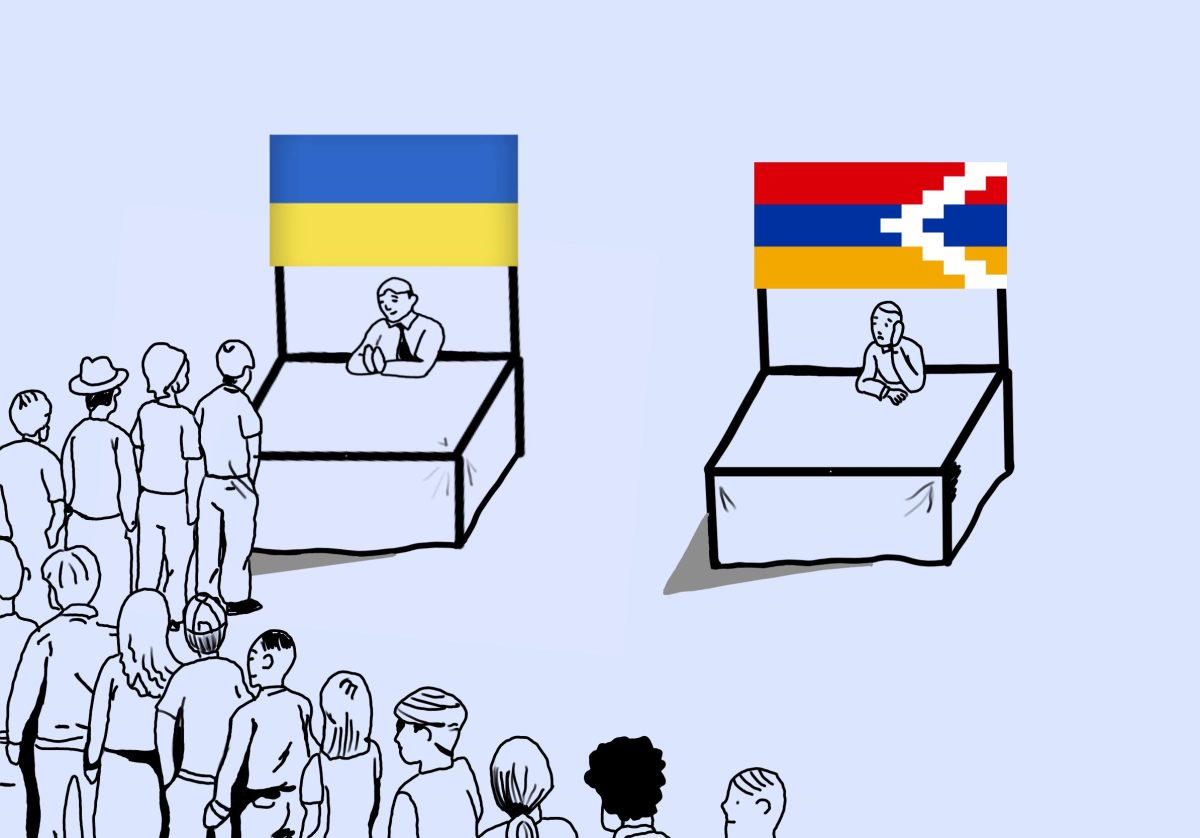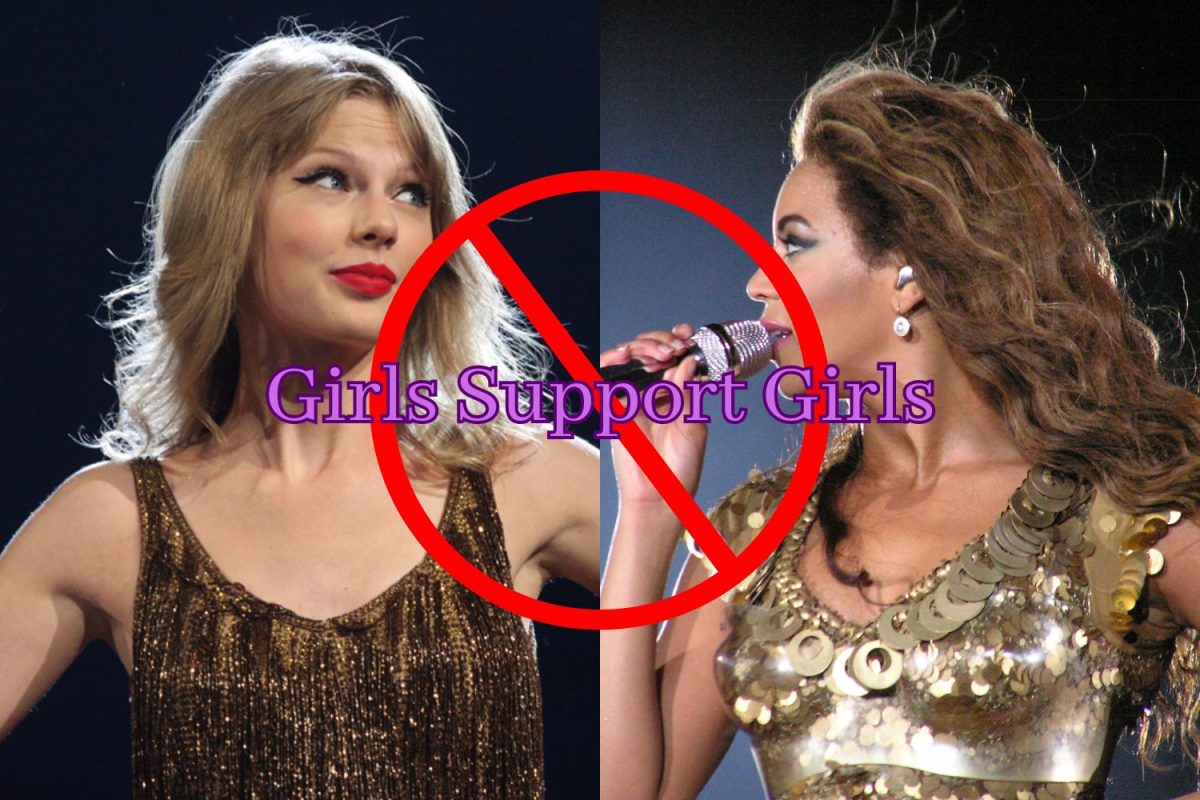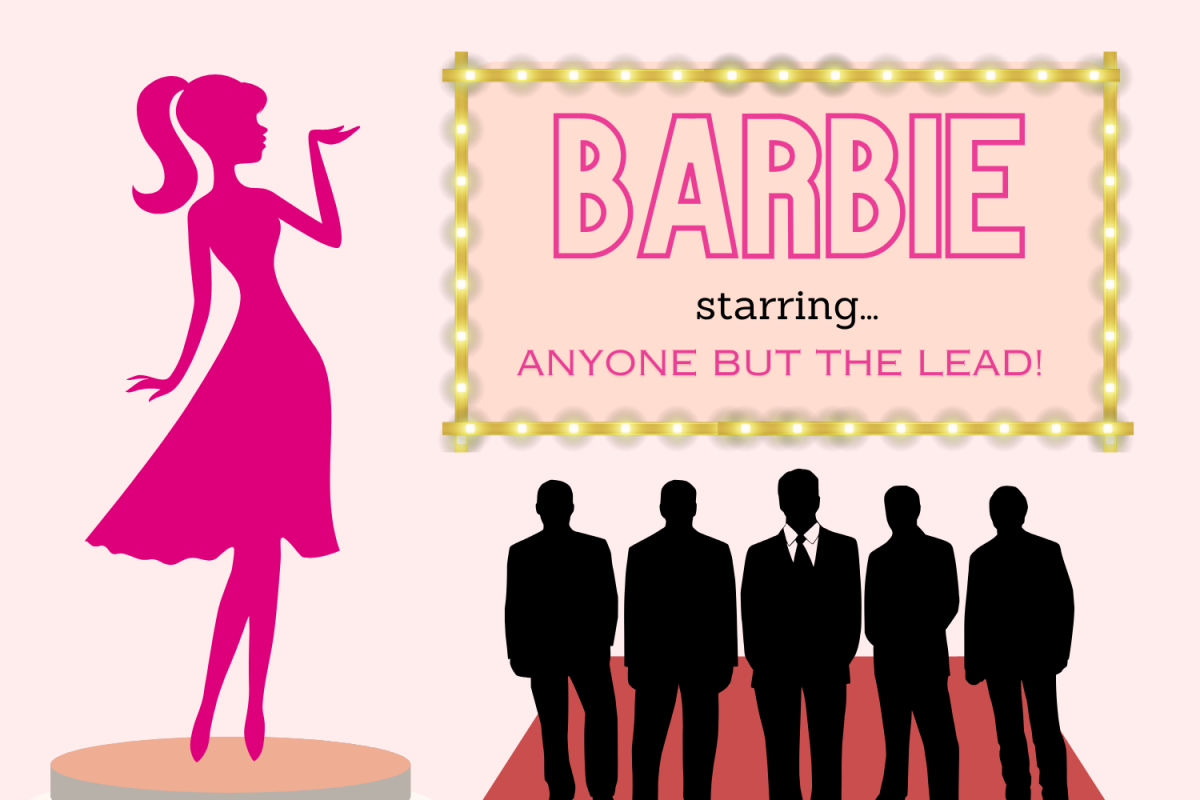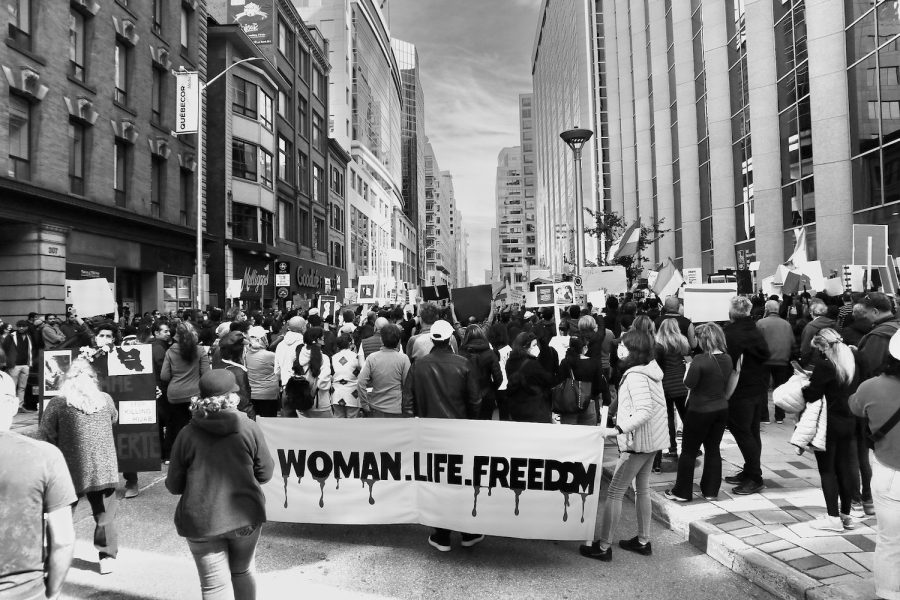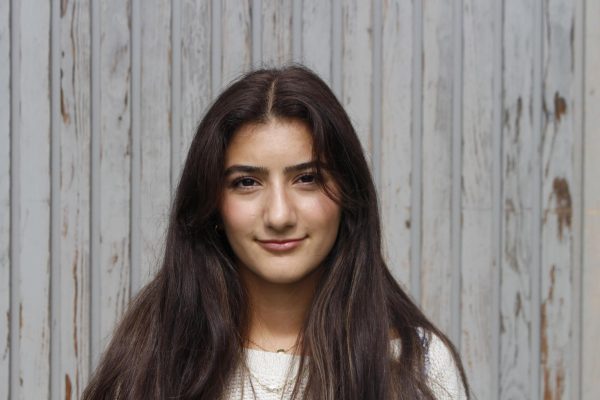The women of Iran have grabbed the world’s attention by fighting for their basic rights in a way nobody expected. Upon the abrupt death of 22-year-old Mahsa Amini, the streets of Iran erupted with the largest protests in over a decade against the theocratic policies of the current regime.
However, it is false to assume this movement against the theocratic Islamic Republic represents Islamophobia of any sort.
Amini was visiting family in Tehran Sept. 16 when the morality police, who enforce restrictions on freedom, detained her for violating the state’s Islamic dress code due to hair peeking out of her mandatory hijab. According to The Guardian, she was beaten aggressively before dying later in the hospital.
Amini’s death provoked a sudden outbreak of anger between Iranian women and the Iranian government and subsequently, women all over the world. Crowds have blocked the roads of Iran as protestors demonstrate the feminist problem at hand, using the hashtag #WomanLifeFreedom as a premise for the movement.
In addition, a news coverage from the BBC captures protestors chanting “death to the dictator.” Social media has also showcased these acts of defiance against the dictatorship, as viral videos of women cutting their hair and burning their hijabs circulate internationally.
These acts of resistance against the government may seem confusing. Why is a feminist movement fighting against wearing a hijab, a clothing item that represents the Islamic faith? On the surface, the hijab may appear as a garment of clothing unique to the Islamic religion, but to Muslims and Iranian women, it symbolizes much more.
Women are not fighting against wearing a headscarf that represents their Islamic faith, but opposing a dictatorship that has been oppressing them for 43 years under the guise of religion. Before the 1979 revolution, women in Iran had full freedom, no different than the Western world. However, after becoming part of the Islamic Republic, Iran’s government would soon control how women dressed, married and many other aspects of their life.
We must look at Iranian women who have enough courage to stand up to arbitrary rule in a regime that does not condone freedom of speech.
Being Muslim, I do not choose to wear a hijab, but I massively respect Muslims who do. I value and am grateful for my control over what I get to wear, which is why I understand Iranian women’s desire for the freedom of having that choice.
When I asked my close family friend why she chooses to wear her hijab, she expressed that it is a representation of her faith and identity. She finds beauty in living in a Western country and being seen and accepted as religious by the public.
In addition, her sentiments towards wearing a hijab would change if she knew it was a mandatory act with punishment if disobeyed. Choosing to wear a hijab, even though no laws require her to, further demonstrates her devotion, respect and love for her religion.
To the women of Iran and around the world, a headscarf or hijab is not just a clothing item associated with Islam, but a symbol of oppression. Iranian women are not against the veil. Rather, they are against its mandate. Women want the freedom to dress however they like, and the women of Iran are protesting for that right.
At a time when certain freedoms of a woman’s life – such as abortion laws in the U.S. – are under attack, we must look at Iranian women who have enough courage to stand up to arbitrary rule in a regime that does not condone freedom of speech.
Iran’s security and police forces have decided to respond violently. Videos and media coverage have shown them unlawfully arresting, beating and shooting protesters, including children. A report from Iran Human Rights Nov. 19 reports that since the protest’s commencement, at least 378 people have been killed.
Having traveled to Iran several times, it is scary how women have been treated as a result of these protests. When in Iran, my grandma, mother and sister would all wear their headscarves with some hair showing, very similar to how Amini wears her headscarf in the viral video of her collapsing in the detainment center. Her death sparked fear in me as I now realize that any woman, including my family members, could be subjected to violence – and even death – because of a law forced upon them.
I dream that one day, when I go back to Iran as a young lady rather than a little kid, I will feel the same freedom I do living in London.
As social media posts and news coverage pop up in people’s day-to-day life, misconceptions and assumptions on topics are inevitable. Regarding the current situation in Iran, it is important to understand that women are not fighting against Islam, but for a feminist movement.
I feel proud as I watch women come together in Iran and online. I dream that one day, when I go back to Iran as a young lady rather than a little kid, I will feel the same freedom I do living in London.
Change begins with awareness. Sharing an Instagram post or keeping up to date with the events in Iran might seem futile compared to the large displays of protests. However, it provides acknowledgment to wider society. We must recognize how the women of Iran have been treated by the government and for their perilous protesting.
People supporting this movement want the names of individuals who have lost their lives fighting in the streets to have meaning. We want this movement to be known worldwide, not as a movement against Islam, but as a movement fighting for women’s rights, a universal desire shared by all women around the world.
Pushing for a life without fear is not only pushed for in Iran, but is happening everywhere. In supporting this movement, you are supporting women’s rights overall.
Our chant “Women, Life, Freedom!” should be our reality.

